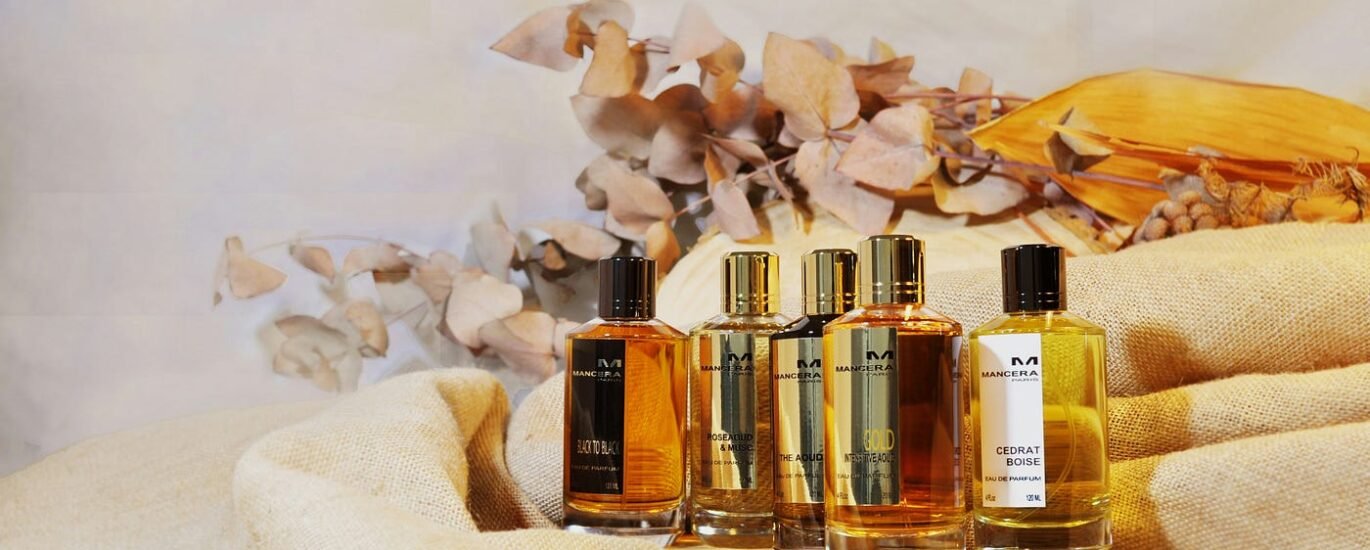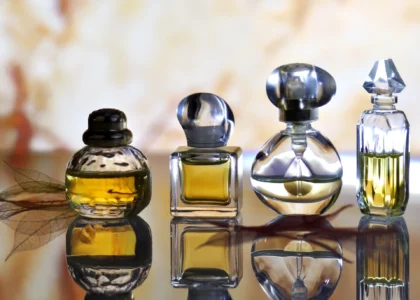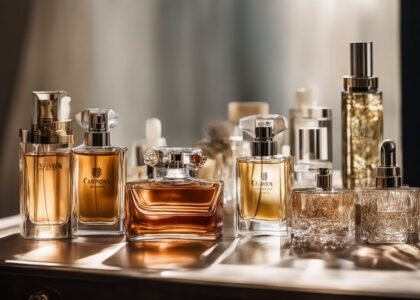In the enchanting world of fragrances, two terms that hold significant importance are sillage and projection. For many, these concepts can feel elusive, yet they are crucial to understanding how a perfume interacts with the environment and how it is perceived by others. As a dedicated perfume expert and consultant, Parush Khanna sheds light on these elements, helping fragrance lovers navigate their choices effectively.
What is Sillage?
Sillage, derived from the French word for “trail,” refers to the scent cloud that follows a person who is wearing perfume. When you walk into a room, the fragrance you leave behind is your sillage—a lingering essence that can captivate those around you. It’s more than just a scent; it’s an invisible signature that often evokes memories and emotions.
Imagine entering a space where someone has just left; their fragrance hangs in the air, creating a presence even in their absence. A perfume with strong sillage leaves a noticeable trail, allowing others to perceive your fragrance even after you’ve gone. This aspect is particularly important for those who want to make a lasting impression, whether in professional settings or social gatherings.
The intensity of sillage is largely influenced by the composition of the fragrance. Heavier base notes, such as musk, amber, or sandalwood, are known to create more substantial sillage. These deep notes linger longer in the air, while lighter top notes—like citrus or floral scents—tend to evaporate quickly. Understanding the balance of notes in a perfume can help you select one that aligns with your desired level of sillage.
What is Projection?
While sillage deals with the scent left behind, projection refers to how far a fragrance radiates from your body. It measures the distance at which others can detect the scent while you are present. A perfume with good projection allows others to enjoy its aroma several feet away, creating an inviting and engaging presence. Conversely, a fragrance with limited projection might only be detectable when someone is very close to you.
Several factors affect projection, including the concentration of the fragrance. Higher concentrations, such as parfum or extrait de parfum, tend to have better projection than lighter formulations like eau de toilette or eau de cologne. This is because higher concentrations contain more aromatic compounds, which enhance the fragrance’s ability to spread.
Additionally, the composition of the notes plays a significant role. Perfumes with fresh and vibrant notes, like green apple or mint, often project well because they are more volatile. In contrast, heavier, denser notes may not project as far but can create a rich, enveloping experience.
Environmental conditions also come into play. Warmer temperatures and higher humidity levels can enhance a fragrance’s projection, allowing it to diffuse more easily into the air. On a hot day, you might find that your favorite scent is more pronounced, creating a delightful aura around you.
The Relationship Between Sillage and Projection
While sillage and projection are distinct concepts, they are interconnected. A fragrance with strong projection can create a significant sillage, and vice versa. For instance, a perfume that projects well will not only be noticeable while you’re in a room but will also leave a trail that lingers after you leave.
As a perfume expert and consultant, Parush Khanna emphasizes that finding the right balance between sillage and projection is essential for selecting a fragrance that suits your lifestyle and preferences. For example, if you’re attending a formal event, you might prefer a perfume with strong sillage and projection to make a bold statement. On the other hand, for a casual gathering, a subtler scent may be more appropriate, allowing for a gentle presence without overwhelming those around you.
Choosing the Right Fragrance
When selecting a fragrance, consider what you hope to achieve. Are you looking for something that makes a statement, or do you prefer a scent that’s more understated? If you’re in the market for a bold perfume, look for options with robust sillage and projection. These are typically found in fragrances that feature a well-rounded composition, balancing both light and heavy notes effectively.
Brands like Berry Ardens offer a range of perfumes that encapsulate this balance beautifully. Their formulations often emphasize the art of blending, creating scents that have a strong presence without being overpowering. Whether you’re looking for a signature scent for everyday wear or a special fragrance for an event, understanding the nuances of sillage and projection can guide you in making the right choice.
The Impact of Personal Preference
Personal preference plays a significant role in how you perceive sillage and projection. What may feel like an appropriate level of presence for one person might be too strong or too subtle for another. This is why testing fragrances on your skin is crucial; how a perfume interacts with your body chemistry can alter its sillage and projection.
As a perfume expert and consultant, Parush Khanna advises clients to experiment with different scents in various settings. Take the time to wear a fragrance for a few hours and observe how it evolves. Does it maintain its projection? How does the sillage change over time? This personal exploration is key to discovering what resonates with you and how you want to express yourself through fragrance.
Conclusion
Understanding sillage and projection is essential for anyone looking to navigate the intricate world of perfumes. With insights from experts like Parush Khanna, you can make informed decisions that enhance your fragrance experience. Whether you’re captivated by the allure of a lingering trail or the boldness of a far-reaching scent, there’s a perfect perfume waiting for you. As you explore brands like Berry Ardens and experiment with different compositions, you’ll find the ideal balance that reflects your personality and leaves a lasting impression. Happy scent





